Teaching Yoga to Seniors
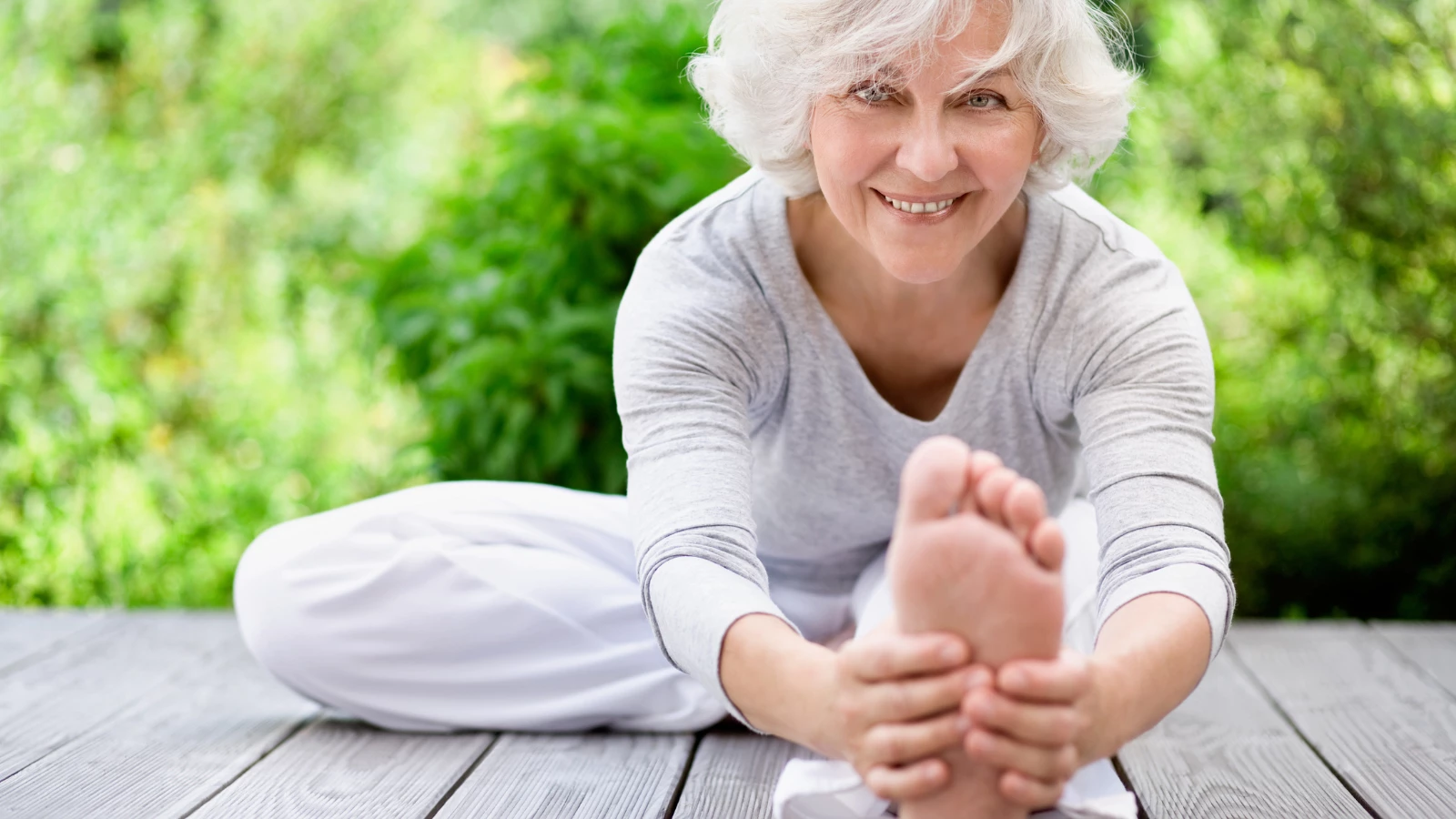
Article At A Glance
Years ago I read an article titled “Yoga after 50” that made it sound as if older students practicing yoga is some sort of a novel idea. I couldn’t help but wonder: how did we manage to distort the yoga tradition in such a way that it surprises us that people older than 50 can do it? I believe it was Sri Krishnamacharya who said: “If you can breathe, you can practice yoga.” There’s nothing so novel about teaching yoga to seniors. Certainly, older students will have different needs, and this is what we’ll discuss here.
Why Teaching Yoga to Seniors is So Satisfying
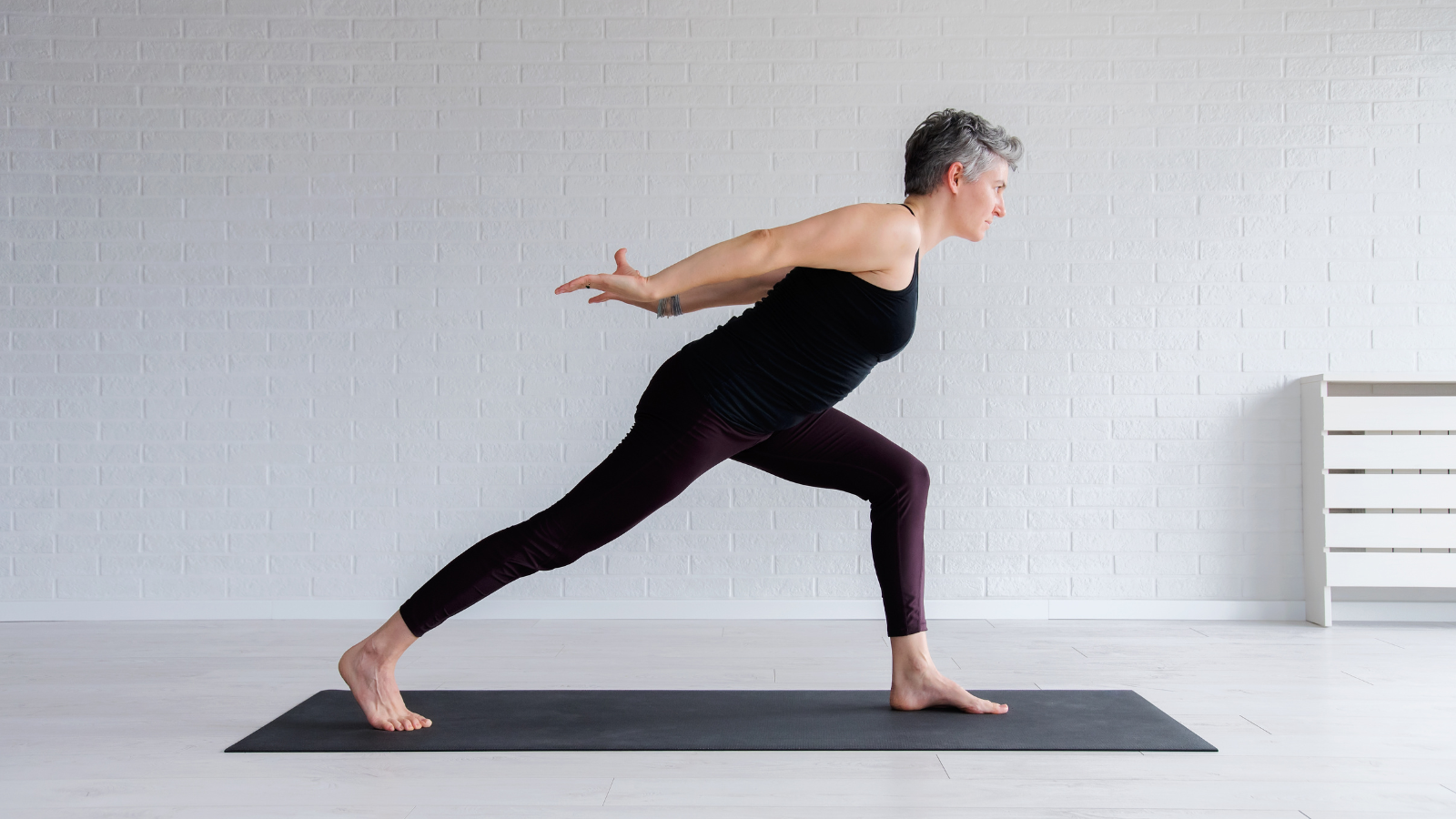
Personally, I love working with older students. In fact, the majority of my private clients and students in group classes are older than 60. Why do I enjoy it so much? Well, younger students usually have many more things to juggle in their lives—family, careers, etc, which places great demands on their time and energy. They certainly need yoga, but, understandably, yoga is often not a priority.
My older students usually have established careers or are already retired, and their children are grown. Therefore they are more in charge of their time. Their priorities often shift from taking care of others to taking care of themselves. Yoga becomes an important piece of the self-care routine.
This means that they are more consistent in their class attendance, they keep their appointments and they are interested in going deeper, beyond physical contortion. Some of my students have been studying with me for 10-plus years. How’s that for commitment to practice? And since many of my students are older professional women, they are incredibly supportive of me as a yoga teacher and a yoga studio owner, which makes our relationship even more special.
Teaching Yoga to Seniors: Where to Start
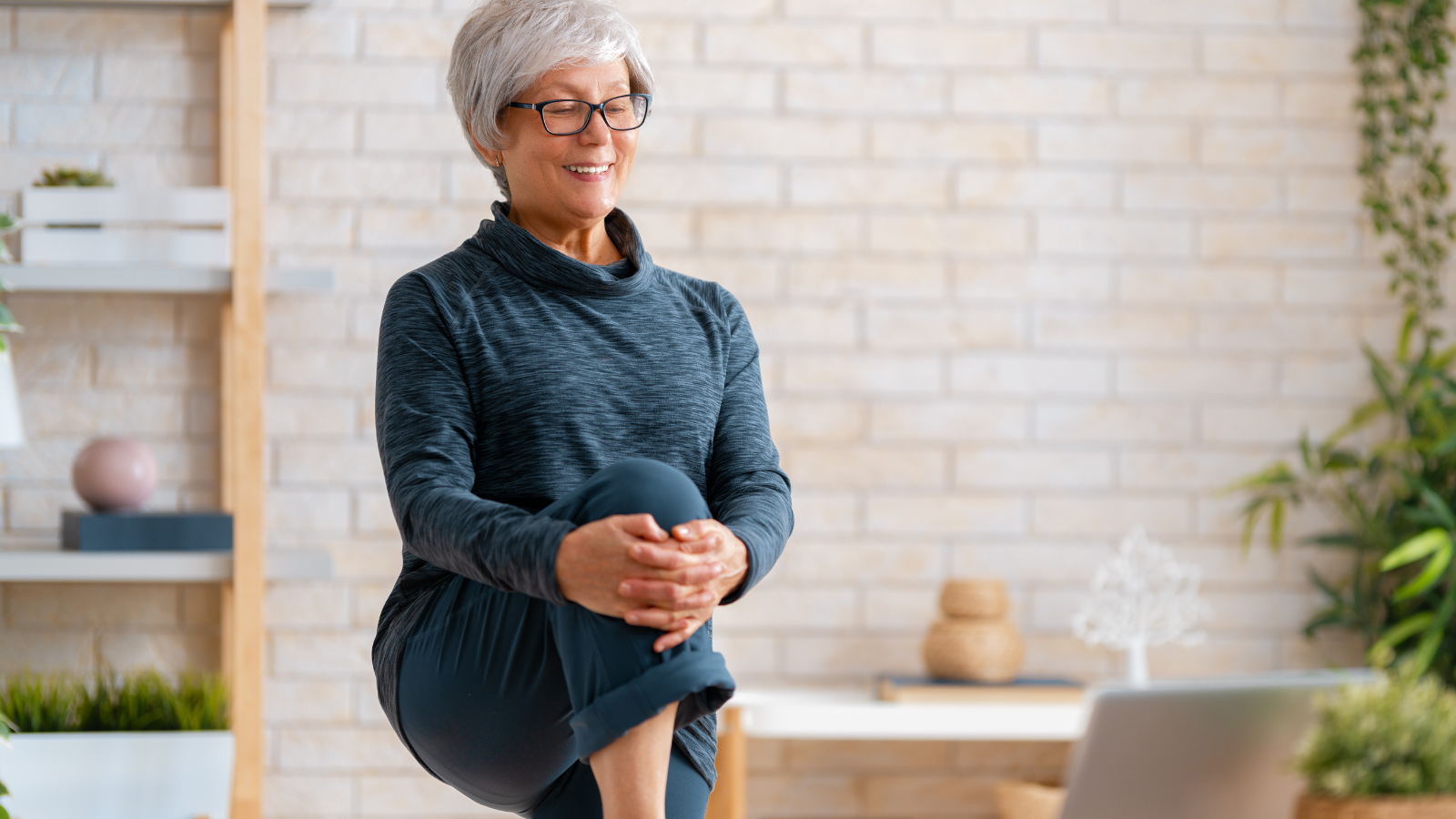
There are two main ways to approach your work with older students: yoga classes and private yoga sessions. I usually recommend that new students, especially if they are 50 and older, see me privately before they join the class. Meeting them one on one gives me an opportunity to get a better idea of what’s going on, what they need and what kind of limitations they have. It also helps to establish our relationship for the future. I don’t charge anything for that meeting, so most people get excited about it right away. After that initial consultation I am usually in a much better position to make a recommendation about whether private sessions or group classes would be the best fit for them.
What is Gentle Yoga?
Let’s look at a yoga class first. First of all, I believe that the term “Gentle Yoga” is largely misunderstood. This term is often used to describe yoga classes aimed at beginners and older students. What does it mean, anyway? Sometimes it is even used interchangeably with “Restorative Yoga,” which is an entirely different thing.
Theoretically, Gentle Yoga is supposed to be less challenging than other classes. The pace is slower, and it places more emphasis on the breath. These are all fantastic ideas. But often I observe that teachers take it to the extreme, simplifying the movement dramatically, keeping their students on their backs for most of the class, and spending more time articulating the joints than moving the spine. Yet maintaining the mobility of the spine is fundamental to any well-rounded yoga practice and becomes even more important as we get older.
4 Elements of Teaching Yoga to Seniors
1. Mobilize the Spine
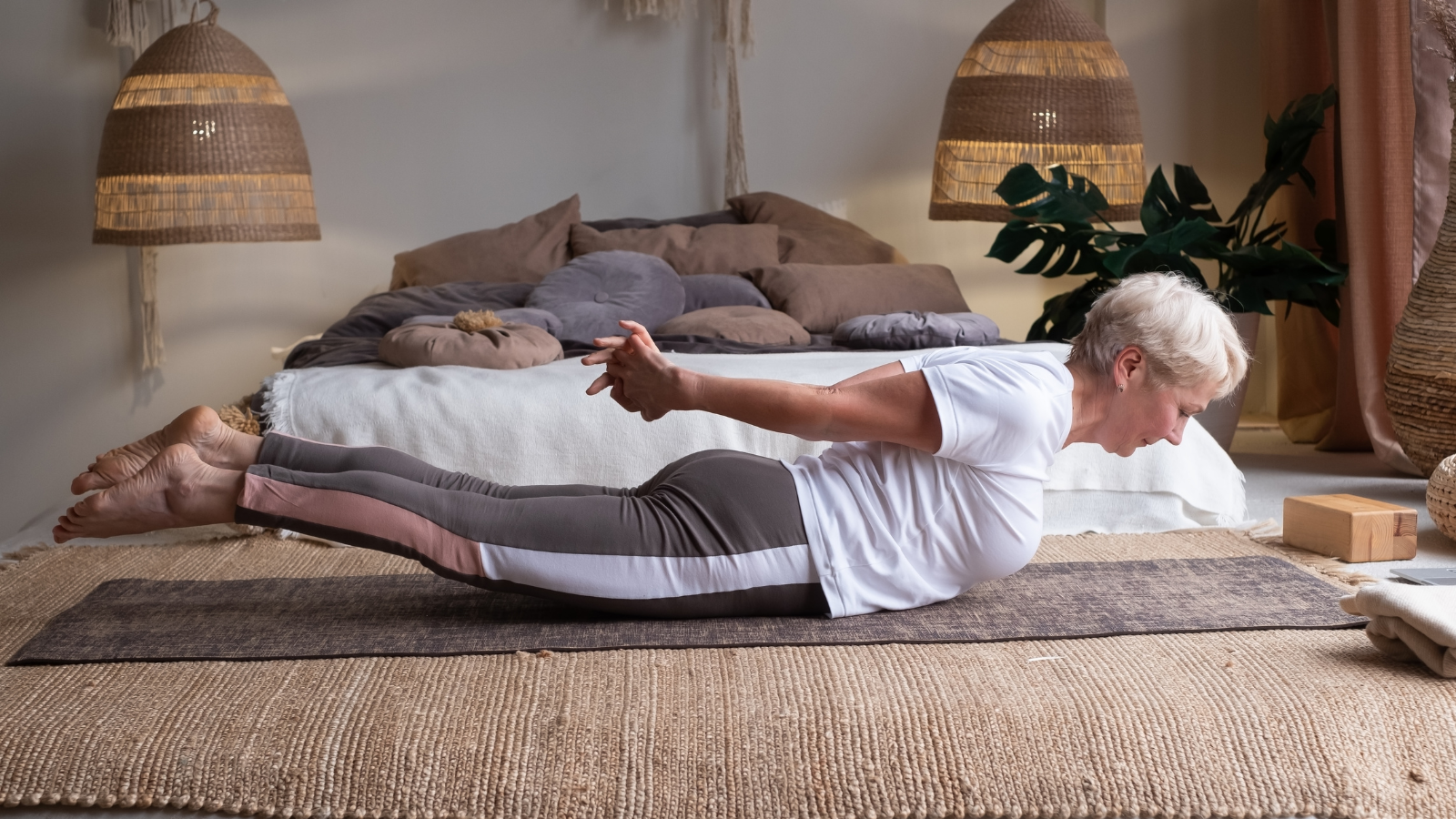
Joseph Pilates said, “You are only as old as your spine is flexible.” According to the yoga tradition, the spine is both the structural and energetic center of the body, and we need to take great care of it. Since your spine is capable of moving in five different directions: forward, backward, sideways, slightly upward and rotated. A balanced yoga practice needs to have some combination of forward bending, backbending, lateral bending, axial extension, and twisting. You don’t have to pile them all into one class, but we need to make sure that we don’t neglect any of them.
2. Strengthen the Core

Therefore, the primary need for most senior students will be maintaining the mobility of the spine. Next, we need to make sure that we include some core-strengthening work. In the yoga world we talk a lot about flexibility. But we often forget that another side of that coin is stability. A strong core (I don’t mean just abdominal muscles) helps protect and support the lower back; links the upper and the lower body; and makes the entire structure more balanced, stable and efficient.
3. Cultivate Balance

Next is balance. We are all aware that our balancing capacity declines with age, and falling can be devastating to students both physically and mentally. That’s why we need to continuously work on maintaining (or developing) their ability to balance.
4. Increase Flexibility
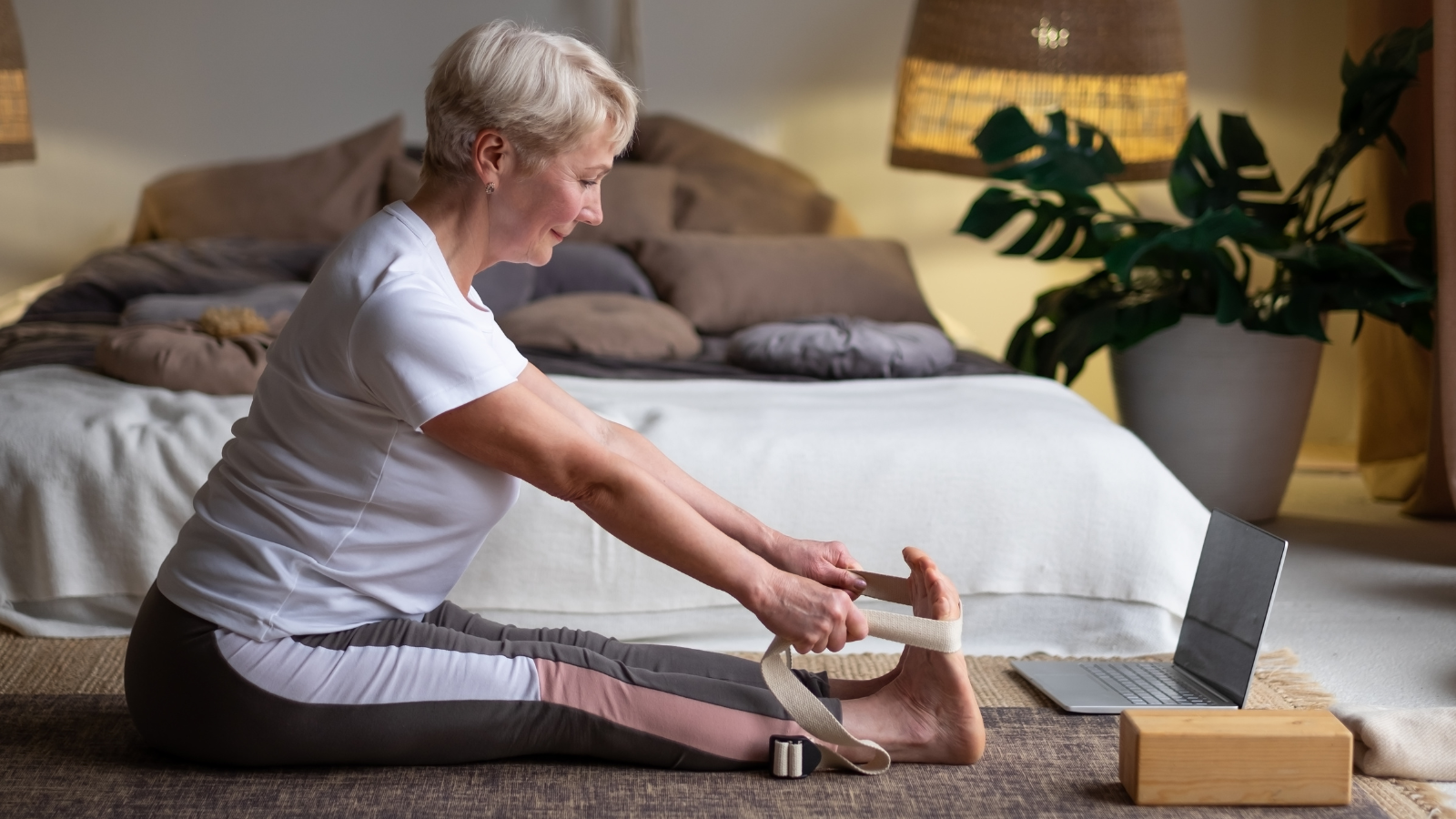
And last, but not least, is flexibility. I would warn against focusing on flexibility for its own sake. After all, our students do not intend to audition for Cirque du Soleil any time soon. All they want is to be able to get down on the floor to play with their grandkids, to feel less stiff when they wake up, and to be able to reach for the top shelf without shoulder pain, etc. I call it “functional flexibility.” It’s less about putting a foot behind your head and more about being able to perform daily tasks with minimum discomfort.
So there you have it. The physical needs of older students could be boiled down to these four:
- Maintaining the mobility of the spine
- Strengthening the core musculature
- Developing the ability to balance
- Bringing the joints through the full range of motion to develop “functional flexibility”
Teaching Yoga to Seniors: Designing a Class
After years of working with the older population, I also know that most seniors will benefit from a longer warm-up, slower pace, simpler poses and some predictability of sequencing. They usually like to stay engaged and give their feedback during the practice. They prefer to start on their back, do some breathing work at the end, have longer Savasana, and minimal sitting on the floor.
Observing these simple principles minimizes the risk dramatically. Of course, you always need to monitor your students closely. Encourage them to speak up if something doesn’t feel right. And of course, you will need to modify and adapt to make the practice safer for individual students. But that applies to any yoga class regardless of the participant’s age. We all have limitations in one area or another.
Teaching Yoga to Seniors in Private Session
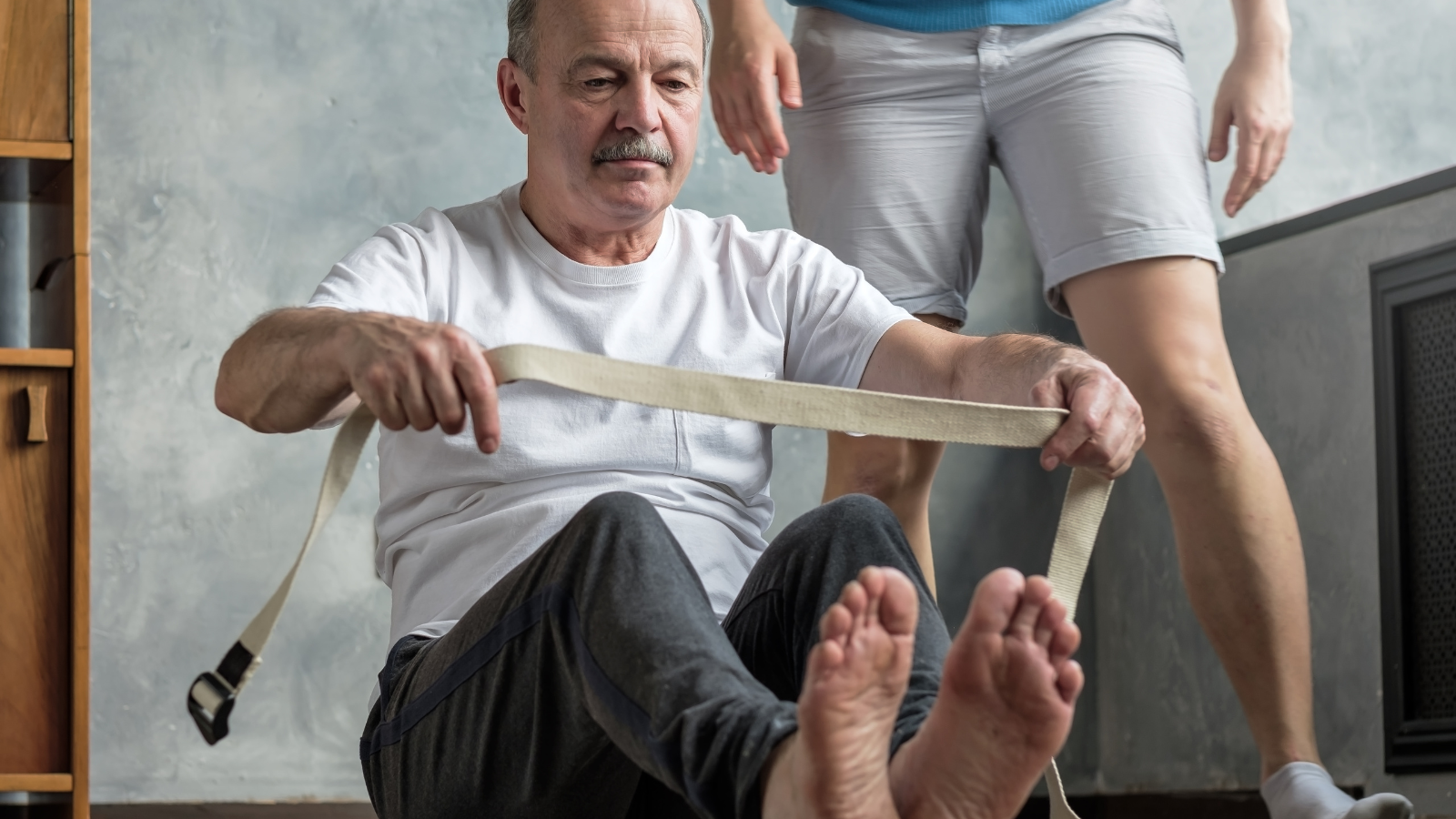
On the other hand, when you design a practice for an individual senior, you should be much more specific. Yes, she might benefit from the things that you have worked on in a class, but you will need much more information on what’s going on with her and what she is looking for to make her practice effective. Knowing her priorities will set the direction for your work together.
You might discover that she is most bothered by stiff knees that limit her walking, or that she can’t sleep through the night and wakes up tired. Or maybe she is having trouble focusing when she reads the paper. A carefully designed yoga practice can address any one of these concerns. Once you know what she wants to work on, you can select appropriate yogic elements and organize them in a way that targets the primary issue.
Each student’s individual differences and personal preferences are also important to consider. She is much more likely to continue with the practice if it resonates with her on some level and suits her personality. If you give her a breathing technique that makes her feel lightheaded or a mantra that grinds on her nerves, no matter how appropriate it is for her condition, it would not be appropriate for her.
Teaching Yoga to Seniors: Encourage and Support
The bottom line is that older adults do and should practice yoga. It can become a primary form of self-care or an organic addition to other things that they are already doing. Our job in teaching yoga to seniors is to encourage it, provide support and help them acquire the confidence to continue.
Also, read...
Your Brain on Yoga: 4 Ways Yoga May Help Mitigate Cognitive Decline
Avoiding the Resolution Blues: How to Make Your New Year’s Resolutions Count
Molecular Magic: New Review Study Suggests Your Yoga Practice Gene Expression
Related courses

Educated as a school teacher, Olga Kabel has been teaching yoga for over 14 years. She completed multiple Yoga Teacher Training Programs but discovered the strongest connection to the Krishnamacharya/ T.K.V. Desikachar lineage. She had studied with Gary Kraftsow and American Viniyoga Institute (2004-2006) and received her Viniyoga Teacher diploma in July 2006, becoming an AVI-certified Yoga Therapist in April 2011. Olga is a founder and managing director of Sequence Wiz— a web-based yoga sequence builder that assists yoga teachers and yoga therapists in creating and organizing yoga practices. It also features simple, informational articles on how to sequence yoga practices for maximum effectiveness. Olga strongly believes in the healing power of this ancient discipline on every level: physical, psychological, and spiritual. She strives to make yoga practices accessible to students of any age, physical ability, and medical history, specializing in helping her students relieve muscle aches and pains, manage stress and anxiety, and develop mental focus.



